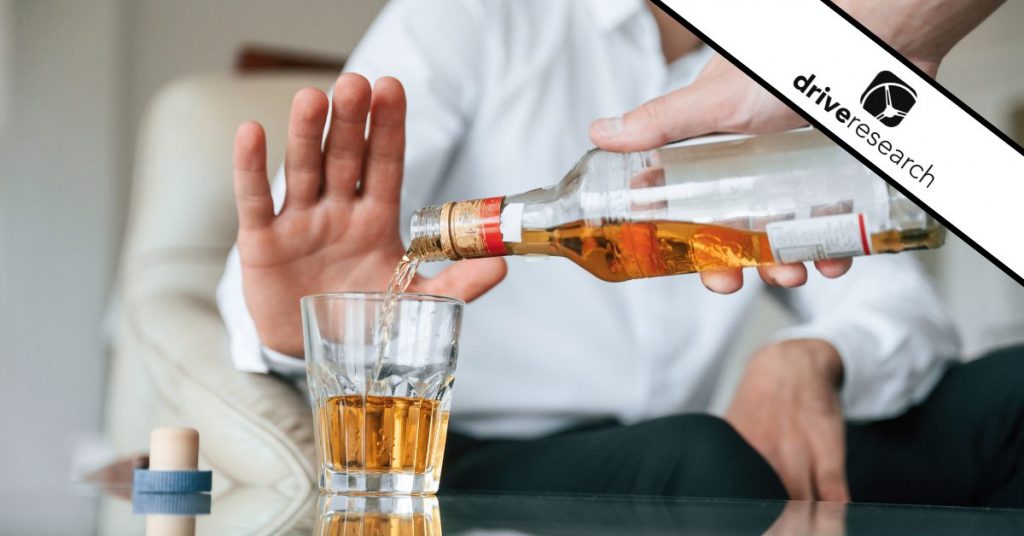
For decades, beer, wine, and spirits have been a bedrock of social life in the U.S. But a significant shift is underway.
According to our survey of 1,000 U.S. adults, traditional alcohol use like beer, wine, and liquor is still very common. But, we learned nearly half (48%) plan to consume less alcohol in the next year, with only 5% expecting to increase their intake.
This desire for moderation is driving consumers to seek alternatives, making non-alcoholic options a growing part of the market.
Let’s dive into the key findings from our survey on consumption habits, motivations, and future outlook.
Key Findings:
– 30% of adults have consumed a non-alcoholic beverage in the past 12 months
– Consumers drink a NA beverage at least once a week (42%)
– Health and wellness is the biggest reason for consuming NA beverages
– 48% plan to consume less alcohol, with only 5% expecting to consume more
– 47% predict alcohol will be viewed more negatively in the next 20 years
Nearly one third of adults (30%) have consumed a non-alcoholic beverage in the past 12 months
Whether it be a mocktail (14%), NA beer (9%), and/or NA spirit (8%), more and more consumers are cheers-ing with a zero-proof beverage.
Consumption levels for consumers surveyed range from drinking a NA beverage at least once a week (42%) to once every few weeks (21%), to less often than once a month (29%).
That level of trial shows NA beverages are not just for sober curious influencers or people in recovery. They are part of the everyday mix of choices for a wide range of adults.
At the same time, traditional alcohol remains prevalent.
Many respondents report consuming liquor (55%), beer (53%), and/or wine (49%) in the past year.
The story here is not alcohol disappearing, it is NA options moving from the edges of the category into the center of it.
Health and wellness is the biggest reason for consuming NA beverages
When asked why people reach for an NA beer, NA spirit, or mocktail a lot of responses centered around improving quality of life. Common answers included:
- Health and wellness reasons: 48%
- I don’t like the feeling of being hungover: 46%
- To be able to drive or get home safely 36%
- To improve my sleep quality: 32%
- To save money: 31%
- I enjoy the taste of NA beverages/mocktails: 30%
- To avoid the calories in alcoholic drinks: 28%
- I don’t like the feeling of being intoxicated: 27%
- I’m pregnant or planning to become pregnant: 5%
Put together, these reasons show that NA drinking is not about opting out of social life. It is about opting out of the negative tradeoffs that come with alcohol.
With these findings in mind, this next data point shouldn’t shock you.
Nearly 1 in 2 people plan to consume less alcohol in the next year
The motivations above show up clearly when people think about their future alcohol use.
When asked how they expect their alcohol consumption to change in the next 12 months, 48% say they plan to consume less – with only 5% expect to consume more.
Non alcoholic beverages fit naturally into that goal. They give people a way to follow through on their intention to cut back without having FOMO from skipping out on special outings with family, friends, and co-workers.
47% predict alcohol will be viewed more negatively – similar to the perception shift of cigarettes
Looking even further ahead, our market research firm also asked respondents to look at the next twenty years.
Nearly half agree that alcohol consumption will be viewed more negatively, similar to the shift in perception of cigarettes.
Only 23% disagreed with this statement, while 30% remained neutral.
This does not mean alcohol will be banned or disappear, but it does suggest people expect social norms to tighten. What once felt harmless or even encouraged may come with more stigma, more caution, or more regulation.
Once viewers get used to highlights, illegal streams, or watching at bars, some will not return to the same bundle. Behavioral shifts that start as temporary can become permanent.
Methodology
The findings in this article are based on an online survey conducted by Drive Research with 1,000 U.S. adults. Using a probabilistic framework as a reference, a sample of this size carries a margin of error of approximately +/- 3% at the 95% confidence level.
About Drive Research
Drive Research is a global market research company specializing in custom-built, quantitative and qualitative methodologies. Our market research firm takes pride in making organizations more successful by extracting insights from the data we collect to accelerate business strategy.



